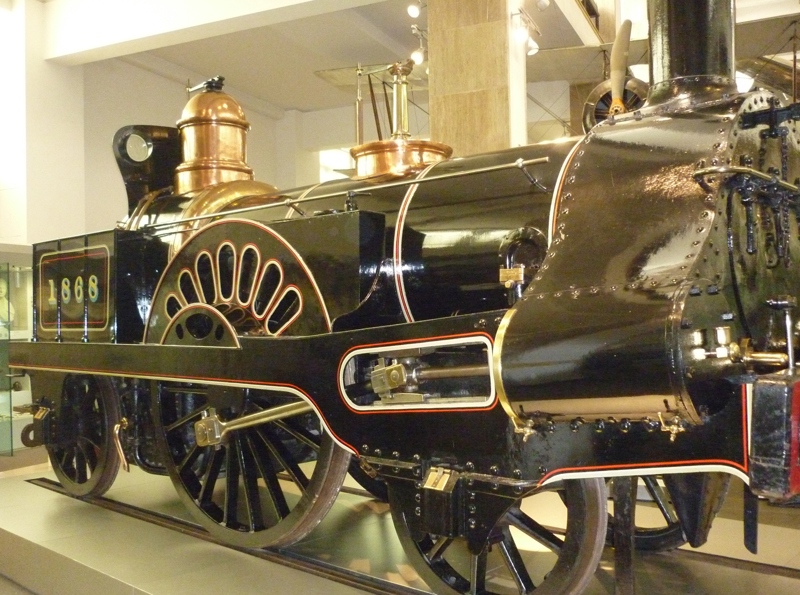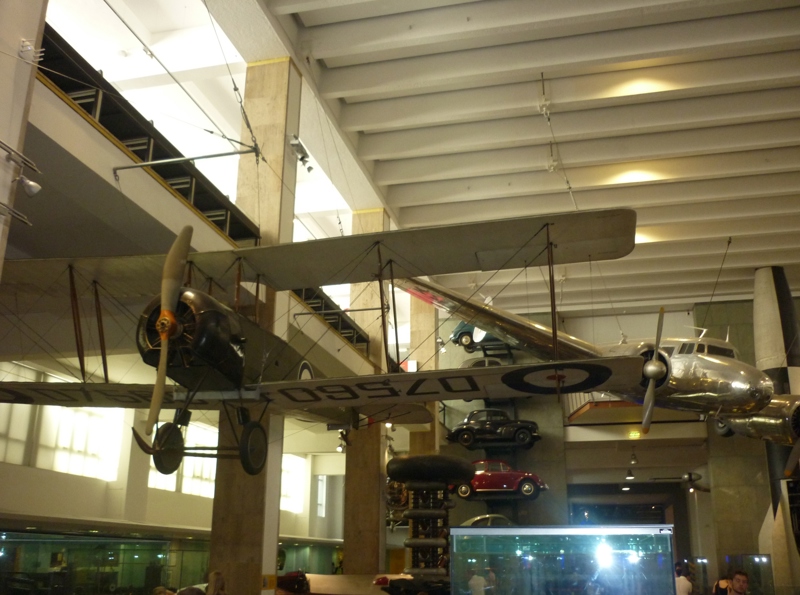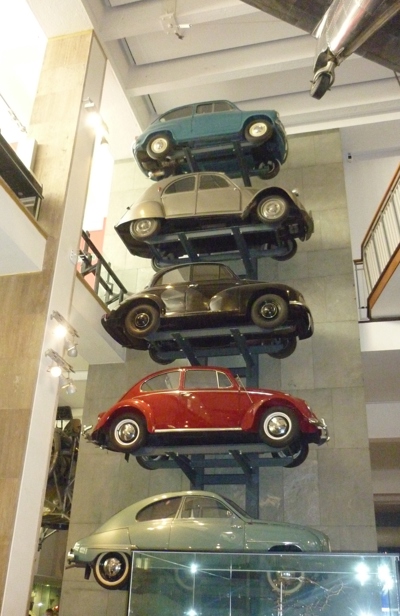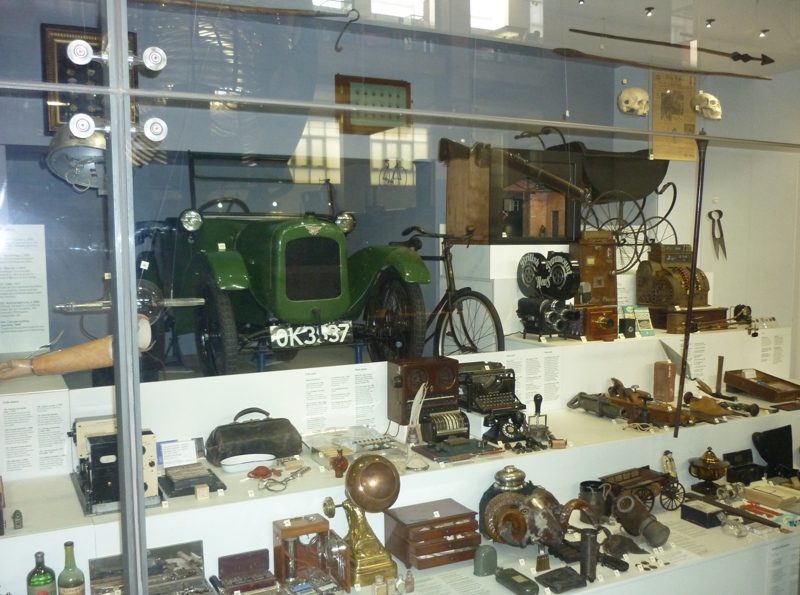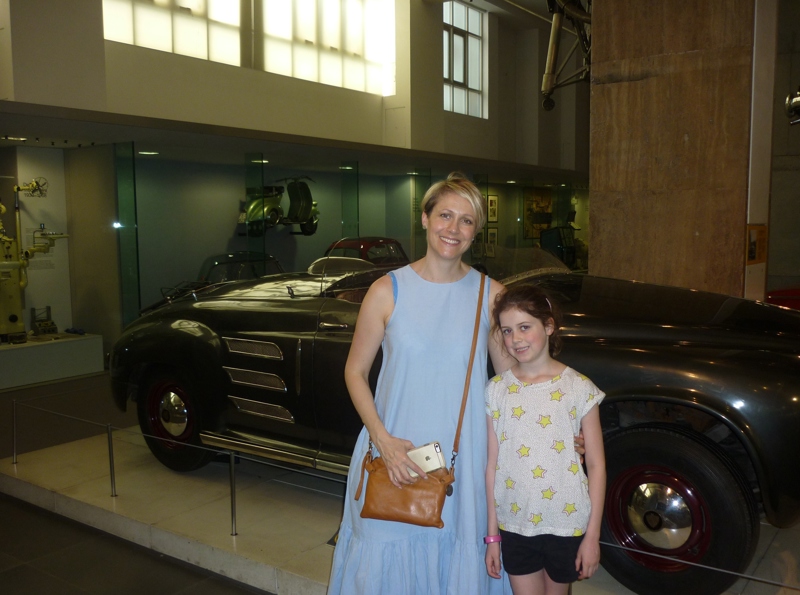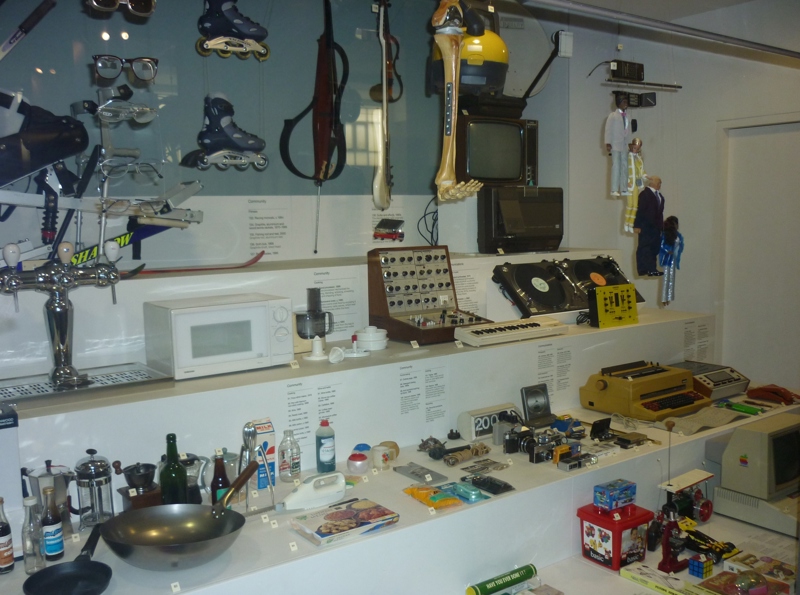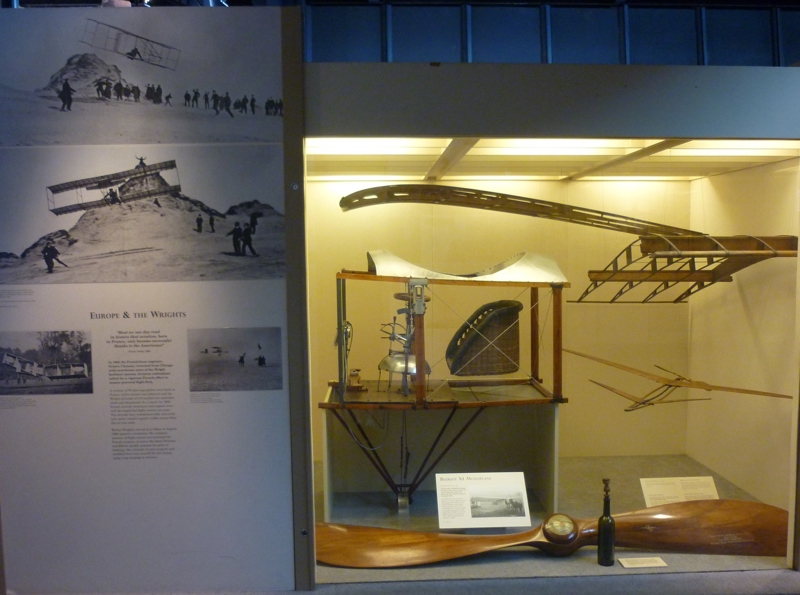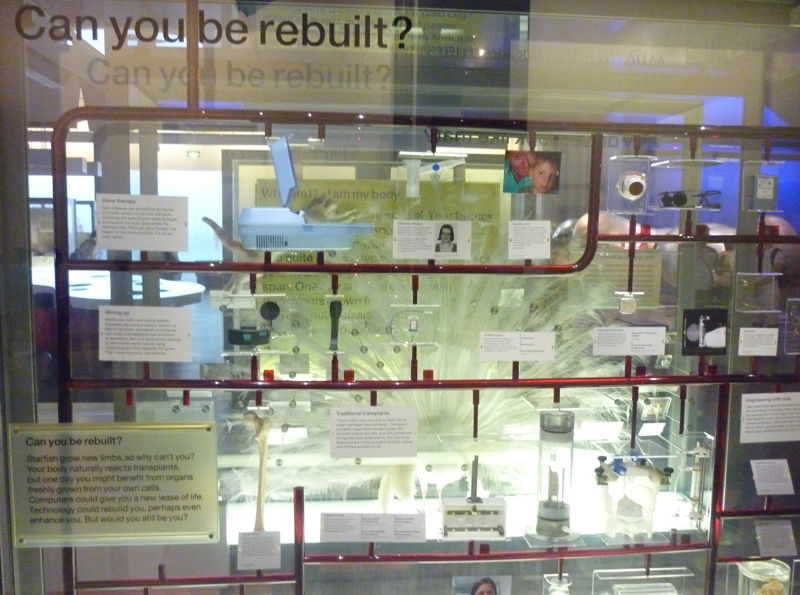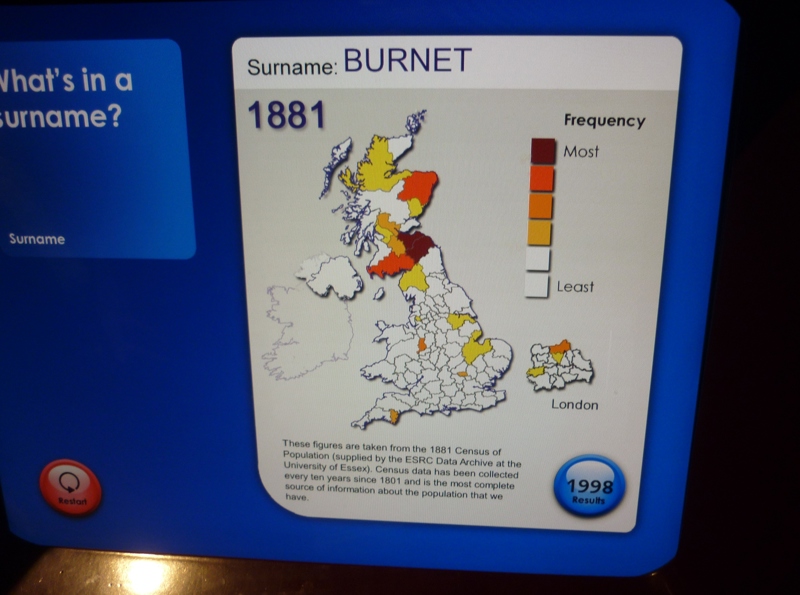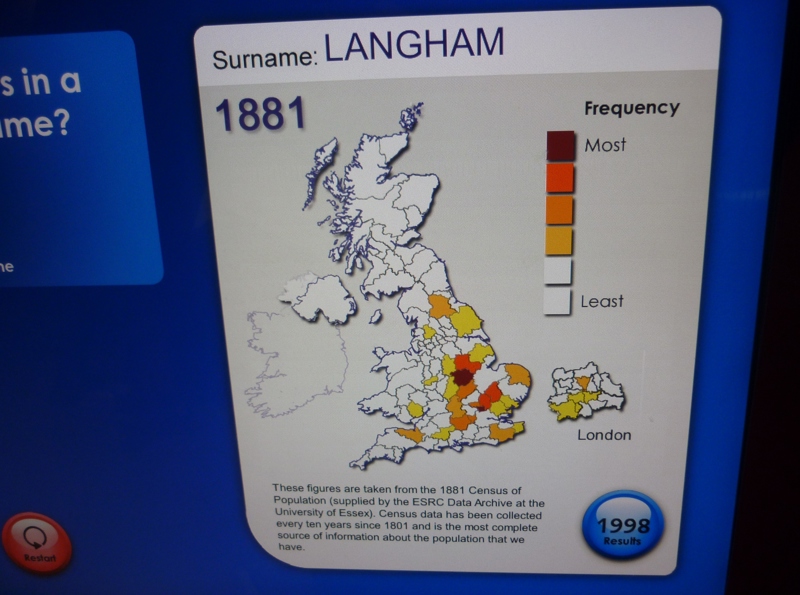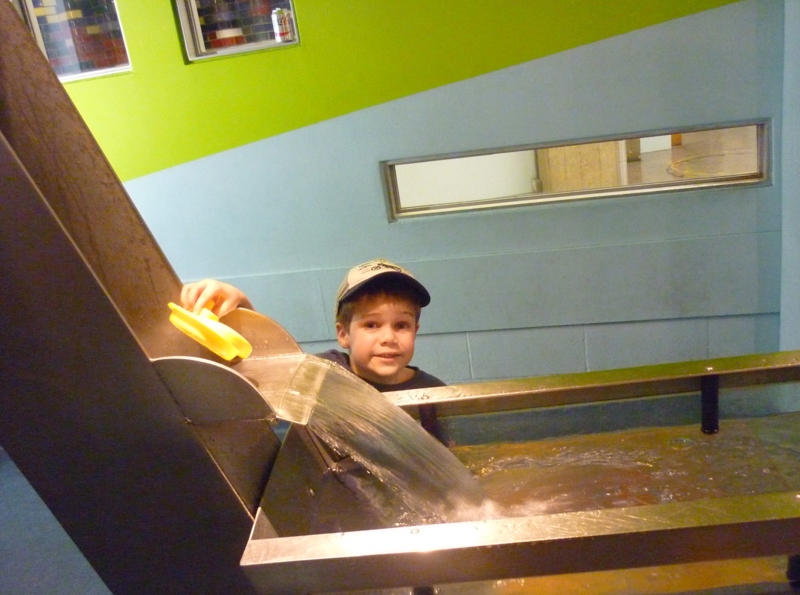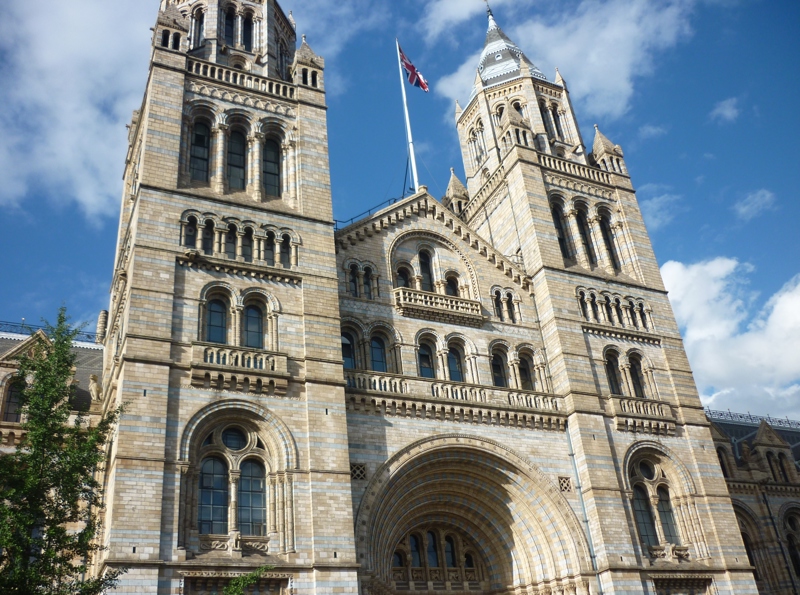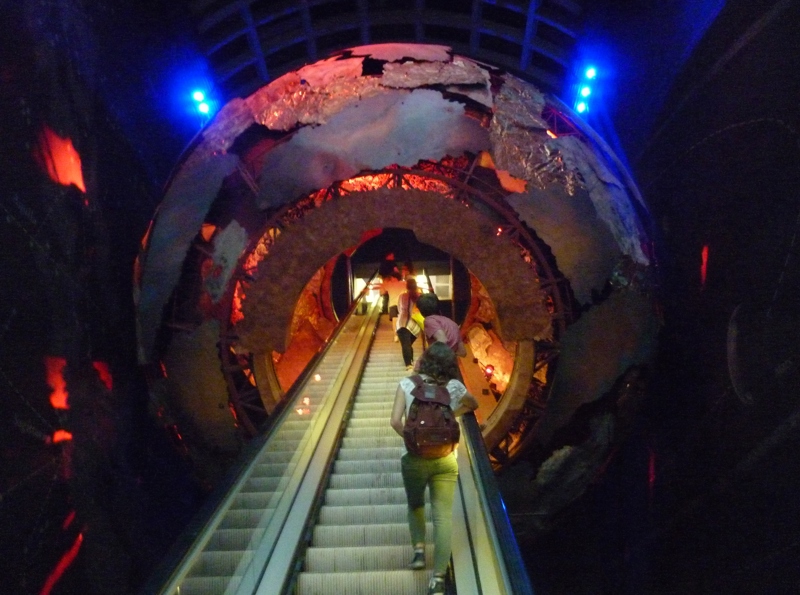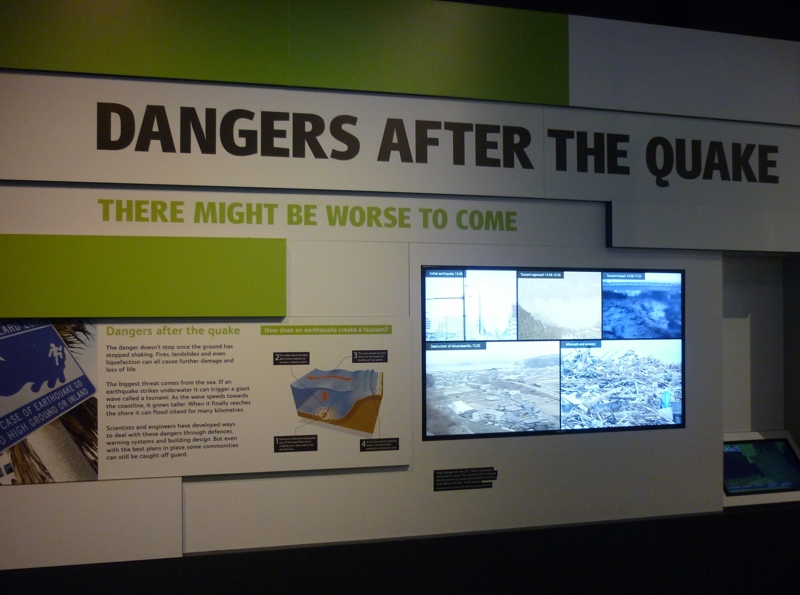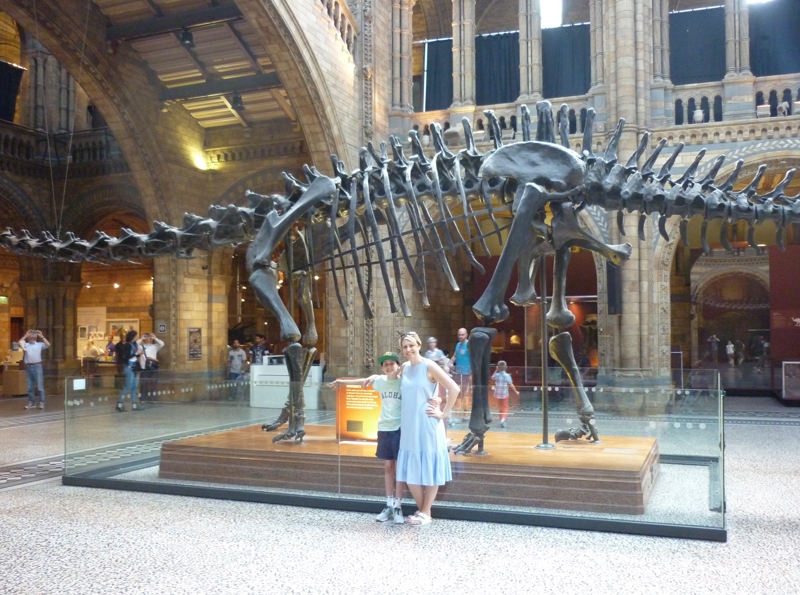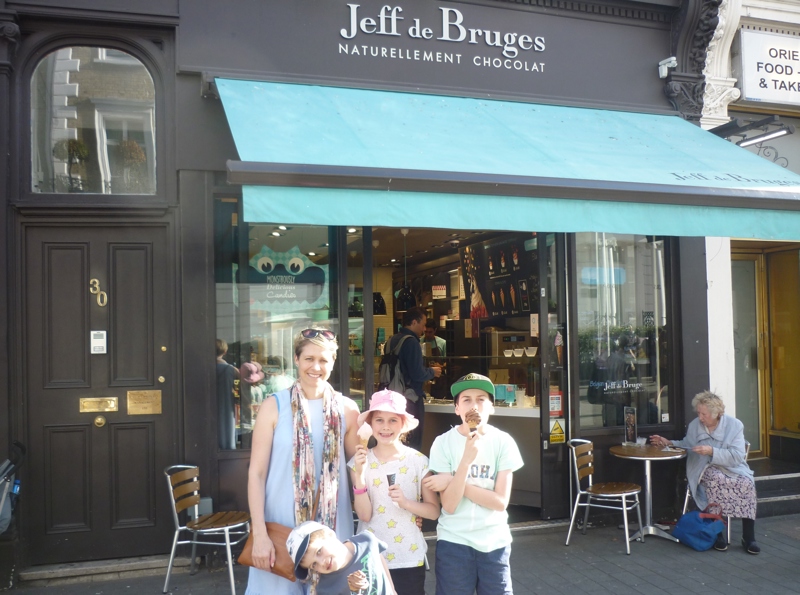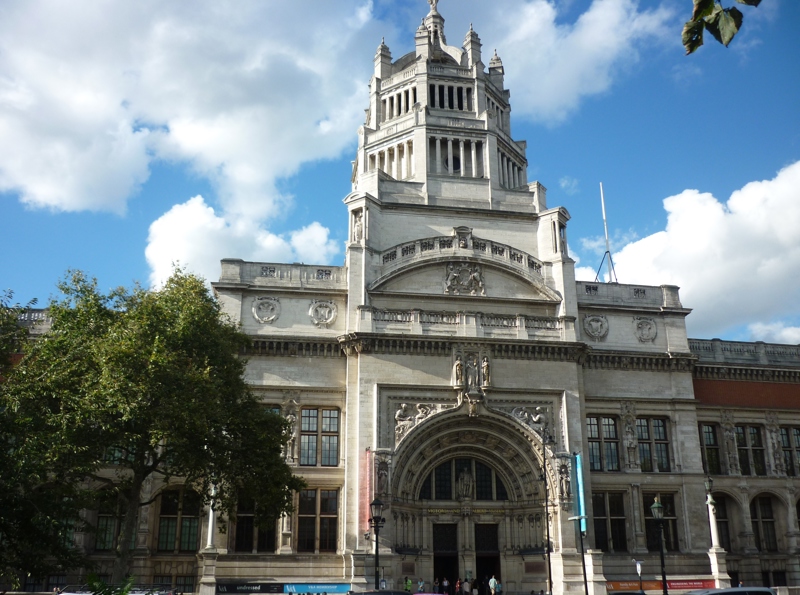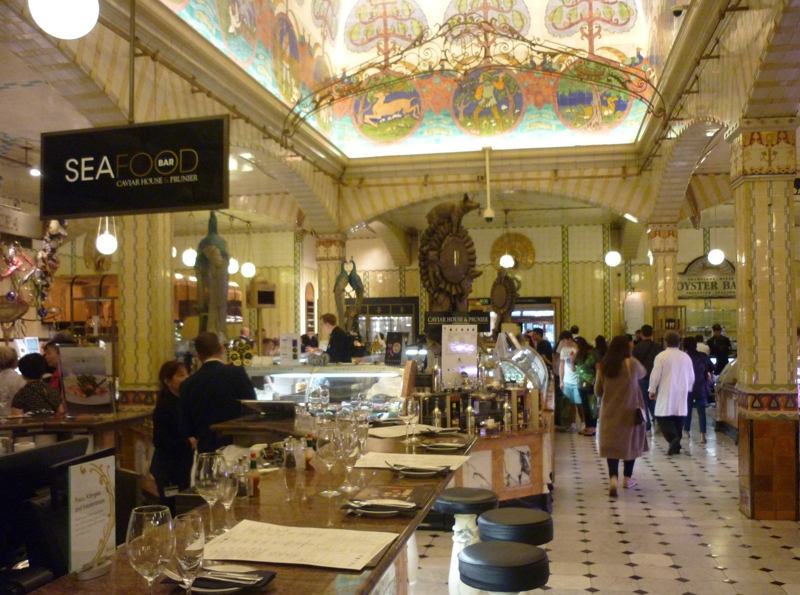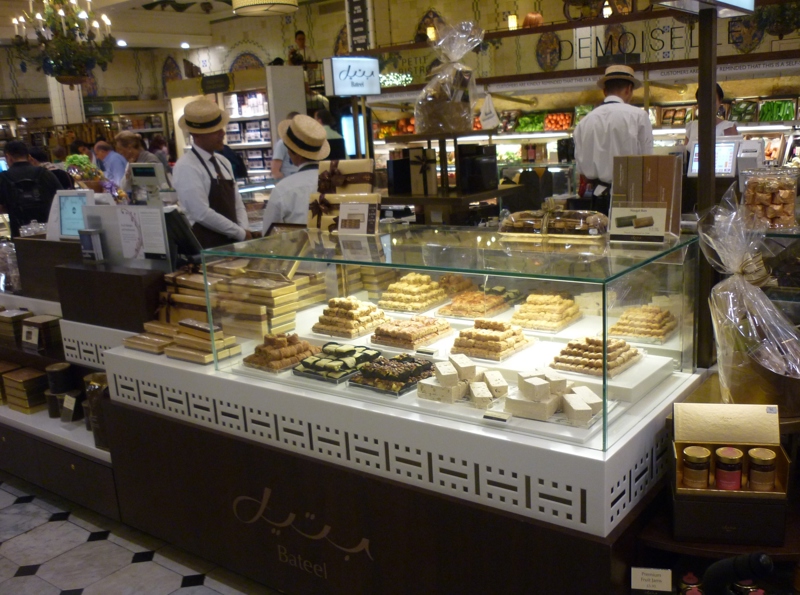Europe Trip
It was fine and 22 degrees today, and still fairly humid, as we hit the museums. There are literally dozens (hundreds?) of museums in London, and many of the best ones are free (the London Transport Museum is one of the exceptions – hence the reason for including it in one of our London Pass days).
Three of the best are all located almost next door to each other – the Victorian and Albert Museum, the National History Museum, and the Science Museum. All have very good online reviews. Taking our now very familiar bus to the station, and a couple of trains later, we made our way to the more affluent Kensington area. It’s cleaner, a bit more spacious and there aren’t quite as many people on the road. There are still the amazing rows of immaculate Georgian and Victorian era stone buildings, testament to the Great Fire of London that wiped out much of the city on 5th September 1666, and the subsequent rebuilding. Thatched roofs and timber frames and cladding were banned, and the new buildings had to follow tight regulations with a view to conformity.
Also, just a short note on the London transport system – it is fantastic. Any credit card can be used to “tap on” or “tap off” as you enter or leave a train station or bus, and the correct fare will be deducted automatically. We haven’t had to wait more than about three minutes for a train, or more than six minutes for a bus. All the underground and bus lines are well mapped and sign-posted, and everything just works.
We tackled the Science Museum first, and made the right decision as we rated this 10/10. It’s a large exhibition, covering Flight, Power Generation, the Human Body, the Information Age, Making the Modern World, and Journeys through Medicine. Many exhibits are huge, with full scale planes suspended from the ceiling. Around one third of all exhibits were interactive, which the kids gravitated towards. One exhibit depicted items from bygone eras, culminating in 1980s items, complete with CRT green screen monitors!
Our favourite was the Who Am I exhibition, featuring a multitude of interactive displays about ourselves. One photo-booth predicts your appearance as you age, whilst another examines how we determine a person's sex from their facial structure, and allows you to see your appearance in a more masculine or feminine form. Another booth examines morality and poses a series of visual questions around a rampaging railway car on track to hit a series of unaware workers. Do you flick the switch so that the rail car goes down a siding and only kills one worker, rather than five workmen in the original path? Do you push one person with a trolley on to the track to save the lives of five others? There were also sections on DNA, healing, consciousness, memory, personality and wiring our brains. One section covered the history of surnames, and returned a map showing where in the UK a particular surname was heavily used over 100 years ago.
Another exhibit was aimed at younger children and featured a water course where children could dam flowing water, as boats make their way through a series of water obstacles. The same section had a play house under constructions, where kids could wheel-barrow blocks to a set of pulley ropes, then haul the blocks up to the 2nd floor, move them through the house, and then pop them into one of those plastic rubbish shoots that transfer waste materials to a dumpster below. Oscar loved it, and it was hard to drag him away.
James Burnet
34 chapters
15 Apr 2020
Day 11
Science and Natural History Museums
It was fine and 22 degrees today, and still fairly humid, as we hit the museums. There are literally dozens (hundreds?) of museums in London, and many of the best ones are free (the London Transport Museum is one of the exceptions – hence the reason for including it in one of our London Pass days).
Three of the best are all located almost next door to each other – the Victorian and Albert Museum, the National History Museum, and the Science Museum. All have very good online reviews. Taking our now very familiar bus to the station, and a couple of trains later, we made our way to the more affluent Kensington area. It’s cleaner, a bit more spacious and there aren’t quite as many people on the road. There are still the amazing rows of immaculate Georgian and Victorian era stone buildings, testament to the Great Fire of London that wiped out much of the city on 5th September 1666, and the subsequent rebuilding. Thatched roofs and timber frames and cladding were banned, and the new buildings had to follow tight regulations with a view to conformity.
Also, just a short note on the London transport system – it is fantastic. Any credit card can be used to “tap on” or “tap off” as you enter or leave a train station or bus, and the correct fare will be deducted automatically. We haven’t had to wait more than about three minutes for a train, or more than six minutes for a bus. All the underground and bus lines are well mapped and sign-posted, and everything just works.
We tackled the Science Museum first, and made the right decision as we rated this 10/10. It’s a large exhibition, covering Flight, Power Generation, the Human Body, the Information Age, Making the Modern World, and Journeys through Medicine. Many exhibits are huge, with full scale planes suspended from the ceiling. Around one third of all exhibits were interactive, which the kids gravitated towards. One exhibit depicted items from bygone eras, culminating in 1980s items, complete with CRT green screen monitors!
Our favourite was the Who Am I exhibition, featuring a multitude of interactive displays about ourselves. One photo-booth predicts your appearance as you age, whilst another examines how we determine a person's sex from their facial structure, and allows you to see your appearance in a more masculine or feminine form. Another booth examines morality and poses a series of visual questions around a rampaging railway car on track to hit a series of unaware workers. Do you flick the switch so that the rail car goes down a siding and only kills one worker, rather than five workmen in the original path? Do you push one person with a trolley on to the track to save the lives of five others? There were also sections on DNA, healing, consciousness, memory, personality and wiring our brains. One section covered the history of surnames, and returned a map showing where in the UK a particular surname was heavily used over 100 years ago.
Another exhibit was aimed at younger children and featured a water course where children could dam flowing water, as boats make their way through a series of water obstacles. The same section had a play house under constructions, where kids could wheel-barrow blocks to a set of pulley ropes, then haul the blocks up to the 2nd floor, move them through the house, and then pop them into one of those plastic rubbish shoots that transfer waste materials to a dumpster below. Oscar loved it, and it was hard to drag him away.
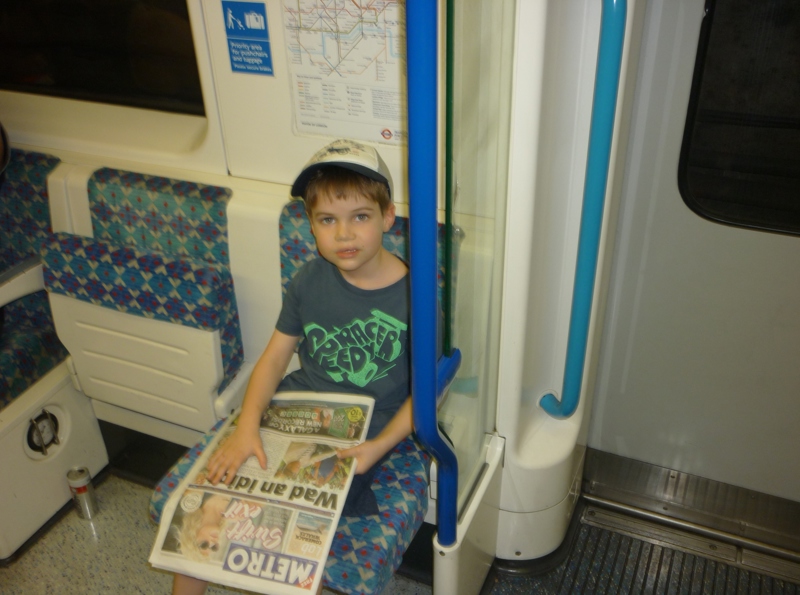
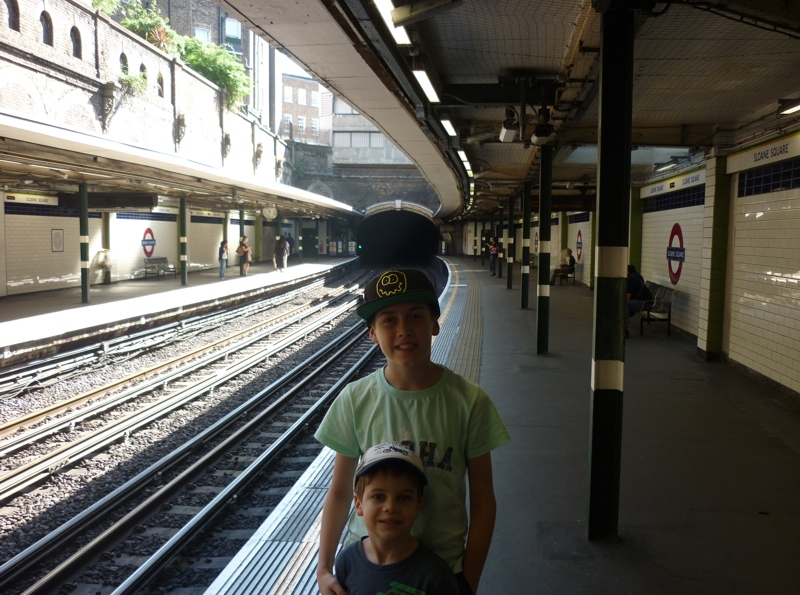
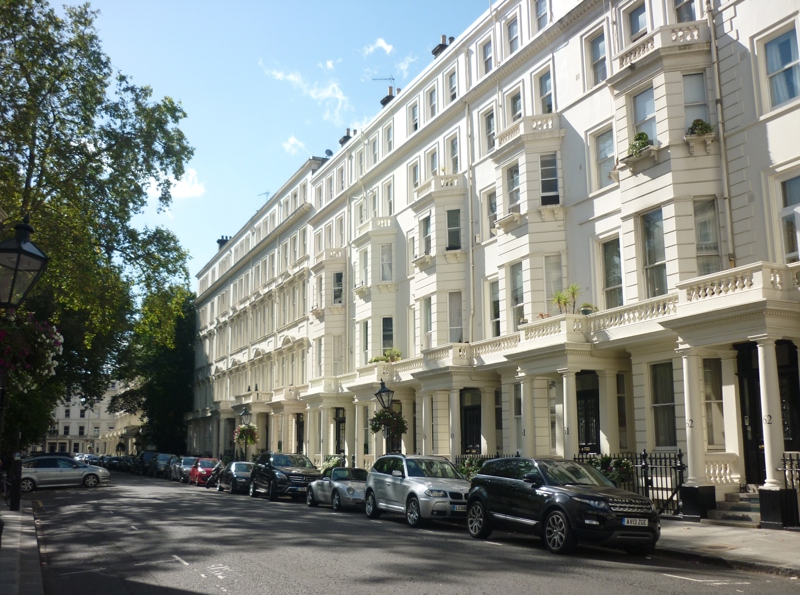
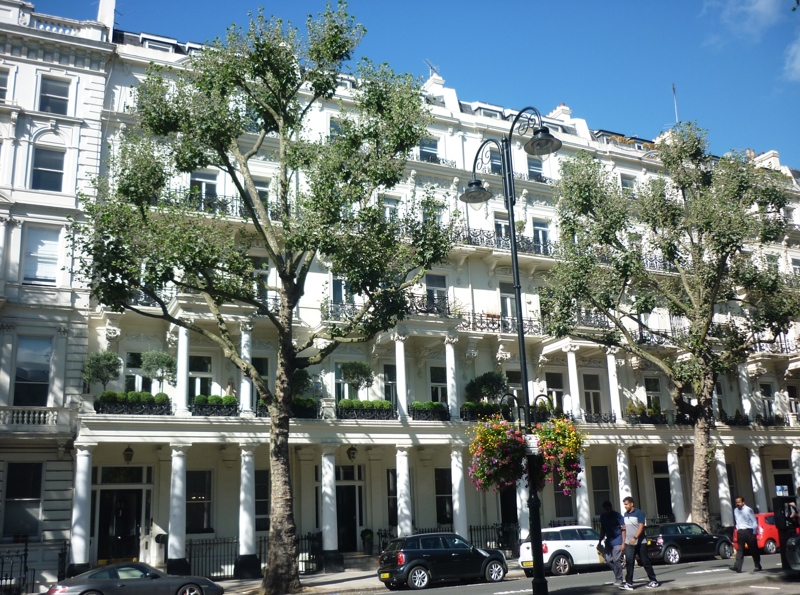
We could easily have spent the day here, but after lunch we checked out the Natural History Museum. This one was still great, but didn’t quite have the level of interaction which made the Science Museum such a hit. There were exhibits on the earth formation, natural disasters, different animal species, space etc. One of the kids’ favourite displays was an earthquake experience, where you stand in a shop and the ground actually shakes quite considerably, rattling all the items on the shelves nearby. This was based on a real Japanese earthquake, with actual shop CCTV footage. We probably saw about three quarters of the Science Museum, but only had time for about half the Natural History Museum, missing in particular a full sized blue whale, with full sized Rhino next to it for comparison.
We finished the day with an ice-cream and then made a short detour to nearby Harrods – one of those “must go to when in London” places. Everything was tastefully decorated, with massive attention to detail, and a price to match – maybe think of an oversized upmarket David Jones. The food halls in particular were all class, with a Fromagerie, Charcuterie, Boulangerie, Patisserie, Flower stall, fresh fruit and veg…. the list goes on. We quickly toured the third floor Toy Kingdom (next to a "Millionaire Gallery" of framed signed photos of the rich and famous - selling for around £5,000) and the kids had a bit of fun before we returned home for a simple ploughman dinner.
